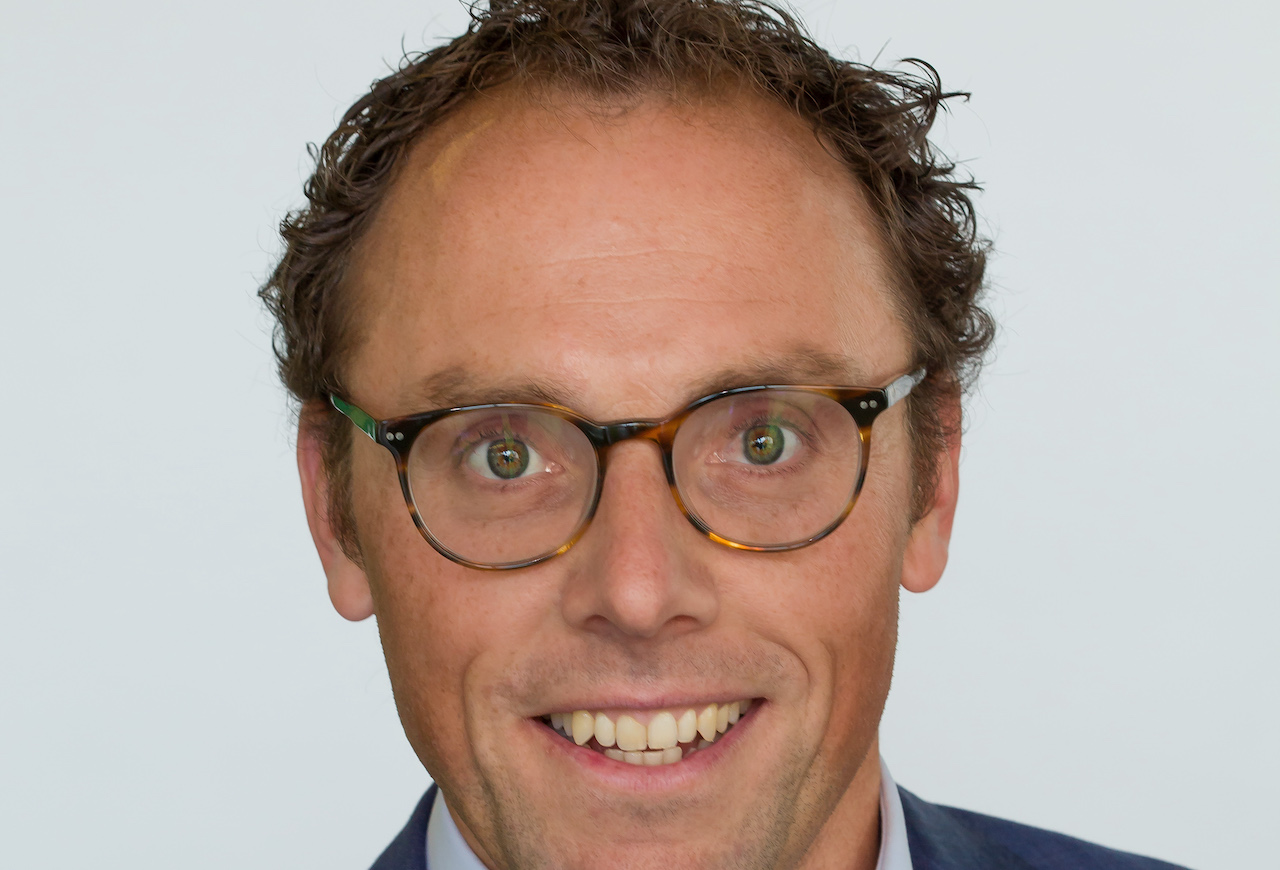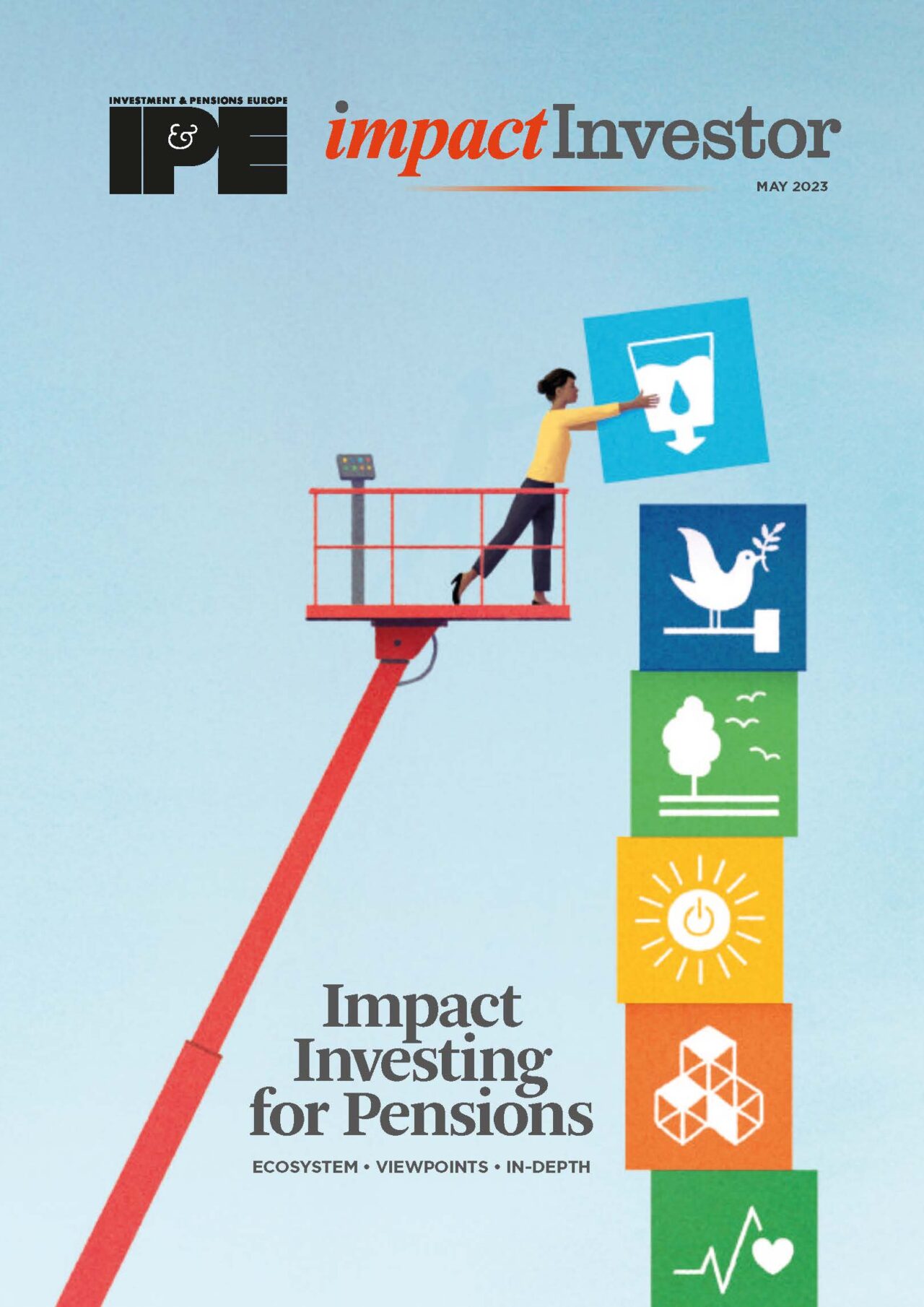Liam Kennedy talks to Maurice Klaver about PGGM’s private equity sustainable development investment strategy and a growing focus on single SDG funds.

Maurice Klaver
Senior investment director in PGGM’s private equity team. Member, PE investment committee
- PGGM, responsible for SDI focus themes, 2019-present
- PGGM, European mid market, 2011-19
- NIBC, real estate mezzanine, equity and securitisation, 2005-11
Maurice Klaver heads the sustainable development investments (SDI) team within PGGM’s private equity group. He is in charge of supporting some ambitious goals to increase impact investment, as set by PGGM’s clients. The main client, the healthcare pension fund PFZW, has set a target to increase SDIs from 20% of the total portfolio in 2025 to 30% by 2030.
PFZW’s original aim, agreed in 2018, was to commit €500m to SDIs within private equity within 3-5 years. This target was reached after around three.
PGGM is currently “over allocated” to PE as a result of lower public market valuations, lagging private market valuations and the so-called denominator effect. The target for PE in the total PGGM portfolios is 6.2% but the exposure currently sits above 10%. As a result the overall PE commitment for 2023 will be reduced from €3bn to €2.5bn.
PGGM has committed to eight GPs over the last twelve months. Most are within the healthcare theme, although climate, food and broader impact are also represented. Since the start of the SDI programme in 2019, a total of €450m has been committed to funds and €300m to co-investments, although not all capital has been called.
Klaver comments: “When we started in 2019 the offering was actually relatively small and there were not many parties available doing this. Now, four years later, everyone and their dog is launching an impact fund.”
This compares with around ten years ago, when PGGM was unable to find GPs with funds of the right scale.
Proposals are subject to approval by the investment committee, as well as a responsible investment committee.
“One additional step compared to the normal investment process of our PE team is that we need to get a stamp of approval from our responsible investment team that it qualifies,” Klaver says.
The SDI team actually pitched in 2019 to do more in life sciences but the investment committee pushed back. One commitment in this area, though, is to Blackstone Life Sciences, which Klaver describes as having exposure to the later stage in the product development cycle. In climate, says Klaver, “we are currently doing a lot of work there to see if we can invest with a number of GPs that are investing in new technologies, be they in the growth space or more in the early stage”.
PGGM
AUM: €228bn
Location: Zeist, Netherlands
Focus SDGs: 2 (zero hunger); 3 (good health and wellbeing); 6 (clean water and sanitation); 7 (affordable and clean energy); 11 (sustainable cities and communities); 12 (responsible consumption and production); 13 (climate action)
Sustainable development investments (SDIs): €46.5bn (21% total AUM)
Private equity team of 30 (5 in the SDI group)
PE SDI aligned investments: €1.6bn (7% total PE AUM)
Target for 5% of PE portfolios to be committed to the focus SDGs
Opportunities for seamless scale-up commitments between PE and infrastructure
The broader portfolio is mostly buyout with very little venture exposure. Klaver says: “I would like to do a bit more in growth and in early stage because I think that’s also where the impact probably sits.”
PGGM’s SDI portfolio underwrites similar returns as the broader PE portfolio. Although the investments pass through the same private equity investment committee, Klaver says, SDI investments are usually less proven.
“That’s the main difference and always the difficulty, because in most instances, it will be first time funds, maybe second time funds. So the proof of concept is just less mature, and that makes it quite often hard to compare.”
Large PE houses tend to see impact funds as a kind of “innovation room”, Klaver thinks. The trend towards setting up an impact fund alongside flagship funds helps investors make comparisons between the two.
Grey zones
Investments involve an in-house SDI taxonomy, which Klaver says by definition involves shades of grey and a level of trust that GPs will do what they set out to do.
“Because we invest with funds and you don’t know what they will invest in, you base your assessment on what they have been investing in and what their investment strategy is going forward. For funds we say we expect at least 50% of the portfolio to be contributing to the SDGs that we find most important. For co investments it’s easier of course because you have a specific case but even there there’ll be grey sometimes, which will need to transition to become more green.”
Impact definitions vary between LPs as well as between GPs. The segments they operate in also results in variations. Klaver gives some examples in his specialist area of healthcare, where in the pharma sector it is common for companies to outsource part of the production value chain to so-called contract, development and manufacturing organisations (CDMOs); or in the case of research to contract research organisations (CROs). The question for Klaver and PGGM’s clients is not whether these qualify for SDG 3 (good health and wellbeing), but how to best measure the impact these organisations generate.
In common with other impact investors, the question is how to compare, say, a company that has increased the shelf life of fruit, with another that has produced a given quantity of solar energy. When it comes to reporting, Klaver says: “The first question I got from my boss was, how do we communicate it and does it add up right?”
Another grey zone could be where a fund specialises in an area that fits PGGM’s focuses, but does not yet report on its impact in the way the pension fund wants. Klaver points to one fund that has now started to define impact KPIs in the limited partner agreement (LPA), for instance, and has set up an impact committee. SFDR Article 9 is also a positive regulatory tailwind for this kind of more explicit reporting.
Geographical expansion
PGGM has a target to invest 10% in PE outside Europe and the US – which is mainly done through pan-Asia funds. Some of these involve commitments to India and China, alongside developed markets like Japan or Korea.
Klaver says: “I can see that more impact can be generated outside developed markets but I think at the same time new technologies can be developed in Europe or the US and put to work in developing markets.”
Bain Double Impact is one fund with a significant track record and to which PGGM has made a commitment even though some the fund’s chosen themes, like workforce development, do not mesh precisely with its own.
Given the increased choice in the offering of impact funds, Klaver sees a general industry trend towards a more thematic focus and specialised funds, particularly in climate and healthcare. The increased market offer puts demands on the team’s resources and requires the right kind of funnelling to avoid team over-stretch.
PGGM’s key learnings and challenges
- Language and the “definition you set yourself initially”
- Where do you want to make impact?
- How to measure impact – “I don’t think we’ve cracked that yet”
- Alignment of incentivisation models
- Getting the entire PE portfolio Paris aligned
Future plans
Large investors inevitably sometimes create asset-class silos. But opportunities may lie in the spaces between those areas. Klaver says PGGM is thinking about ways to loosen the requirement to invest through funds by utilising the infrastructure team’s ability to go direct, but sticking within the PE team’s mandate and benchmark to underwrite higher private equity returns.
One example PGGM is particularly proud off is SCW, a domestic Dutch producer of green gas (using a process called supercritical water gasification), where the PE team invested directly with the infrastructure team at an early stage with an investment case to scale up a new technology.
Klaver says: “There was a nice symbiosis between ourselves and infrastructure. They could think of this as an option once it started to work, when you had the opportunity to put in asset financing for new plants to scale it up. But the risk profile was way too risky for what we would normally do, especially what they would normally do in core infrastructure.
“We get offered quite a lot of opportunities in more capital-intensive kind of investments in between our infra-structure mandate and our private equity mandate. There’s a huge opportunity to scale up there. It shouldn’t matter if it’s infrastructure, private equity or credit, but if we think the thematic is interesting the team should be able to find the best investment opportunities and invest at scale.”
This sort of creative cross-disciplinary thinking will be needed to meet society’s climate change goals. Another challenge will be to make PGGM’s entire portfolio Paris aligned by 2040, which will apply to all private equity commitments from 2030.
This article is part of the editorial content of the Impact Investing for Pensions report. You can download a digital copy of the report here.






